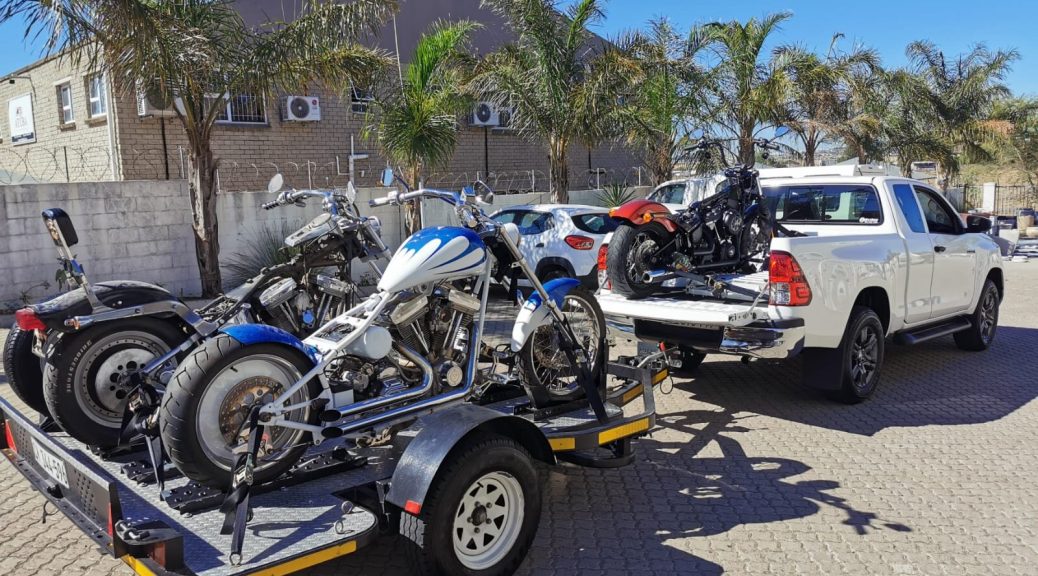
An Overview On bike transport
The metropolitan population in emerging countries is projected to continue to develop, adding 2.5 billion individuals to the world’s urban areas by 2050, with nearly 90% of the increment driven by Asia and Africa. Until then, most of the total population will live in urban communities.
Rapid Urbanisation
The bike transport singapore vital step in overseeing rapid urbanization, lessening deprivation, and addressing the value and ecological issues among metropolitan squatters is addressing their issues for entry into administrations and open doors. Walking and cycling are more than low-carbon transport methods that improve metropolitan quality and work with social attachment. They are modest, adaptable, and individual ways without which large numbers of people in low- and middle-income countries would not be able to participate in the economy and the local area or have access to education, health care, and other metropolitan administrations.
UN Environment Global Report
According to the UN Environment Global Report on walking and cycling distributed in 2016, up to 60% of urban trips are made by bicycle in Chinese urban communities, while in African urban communities the supply is more than 5%. In addition, in Malawi, an emerging nation in East Africa, 80 to 90 percent of those still on provincial streets are cyclists. The Netherlands Travel Survey detailed that 2016 recorded a sum of 4.5 billion bicycle trips covering a distance of 15.5 billion kilometers.
Transport Policy and Development
The Institute for Transport Policy and Development’s bicycle-sharing organization guide reports that today, more than 600 urban communities at large have their bicycle-sharing structures, and more projects are starting consistently. The biggest structures are in China, in urban communities like Hangzhou and Shanghai.